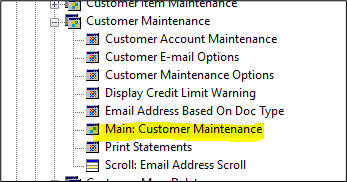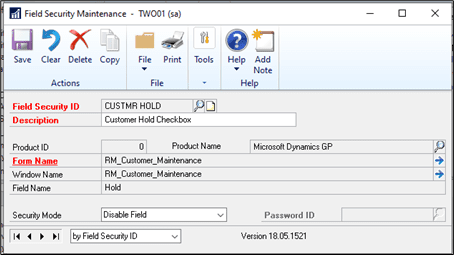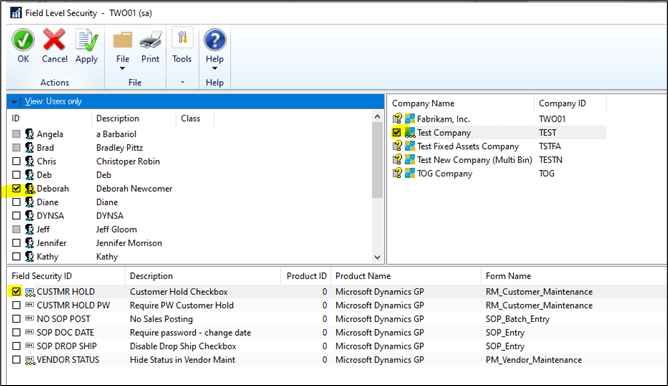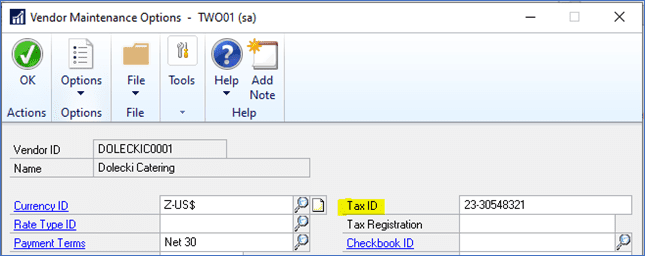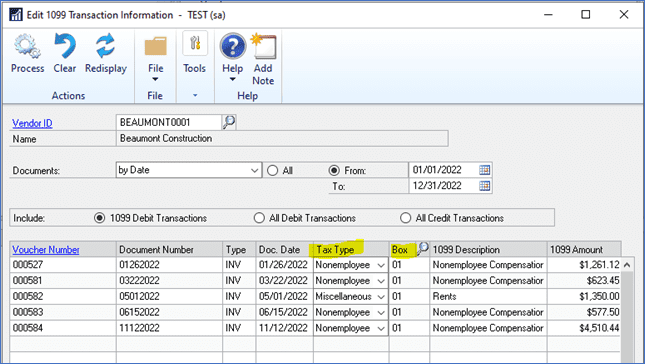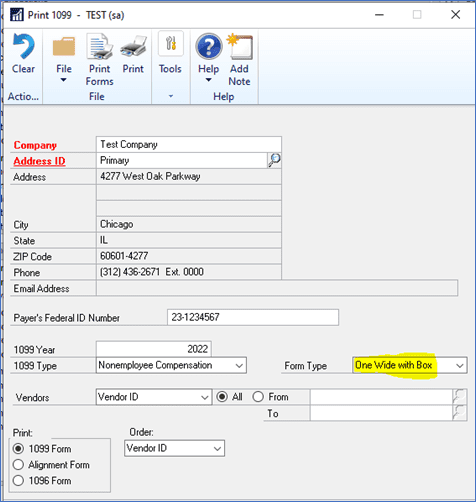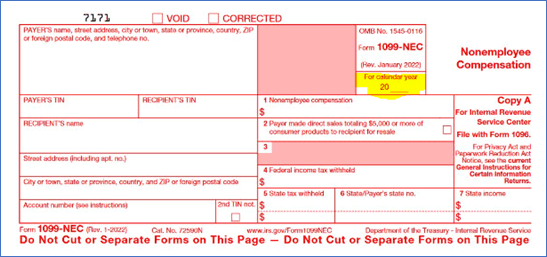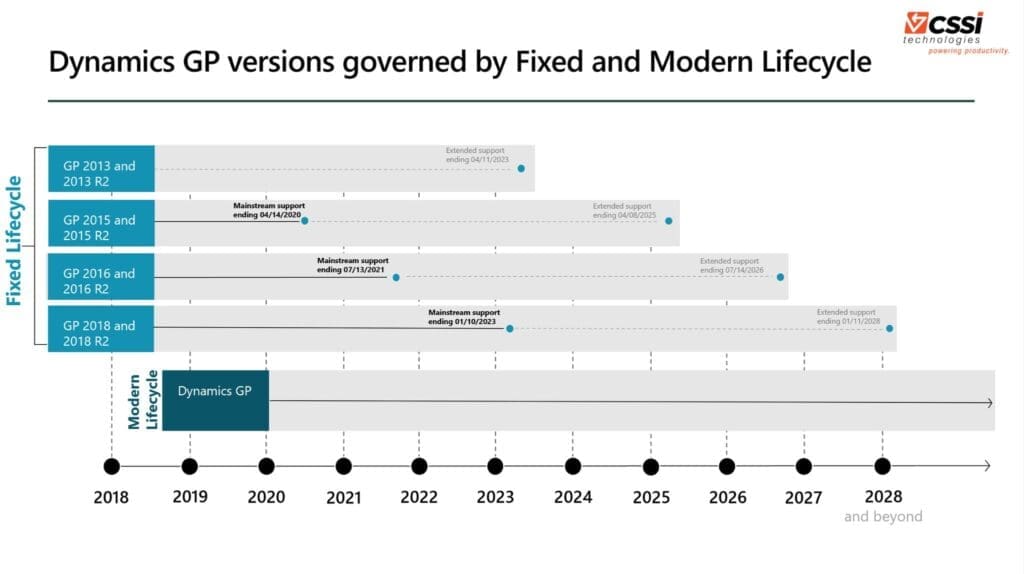Controlling the Posting of Future-Dated Transactions in GP
This is a free tool that is part of the Professional Services Tools Library (PSTL) toolkit. It prevents the posting of future-dated transactions in subsidiary modules.
If your Posting Setup is set to post to G/L by batch date, GP would allow a document date to be used even though that fiscal period is not yet set up in GP.

If the Posting date is coming from the batch ID, then GP would accept an incorrectly entered Document date. In the example below, the document date contains a typo. But it posted to AP! And it won’t appear on an aging report as of the current date.

To prevent this, enable Doc Date Verify. Launch PSTL by selecting it from the GP Navigation Pane.

In the Misc. Tools section, click on both the radio button and the check box next to Doc Date Verify. Click on the X in the upper right-hand corner when finished.
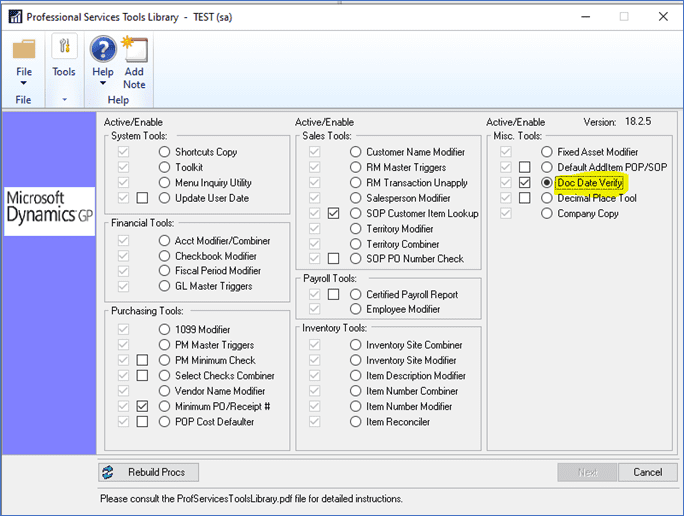
This must be enabled on each workstation.
Once this is enabled, any time a future date is entered into a transaction, you’ll get the error message below.
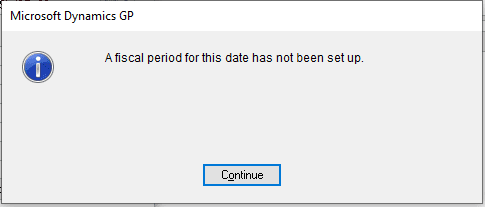
Doc Date Verify works in the following windows:
- Payables Transaction Entry
- Receivables Transaction Entry
- Invoice Entry
- Payables Manual Payment Entry
- Sales Transaction Entry
- Inventory Transaction Entry
- Cash Receipts Entry
- Purchase Order Entry
- Receivings Transaction Entry
- Purchasing Invoice Entry
Get Help With GP
We hope that this tip is helpful for you. To get more help with GP, please contact CSSI. We can support your upgrades, enhancements, and team training.



